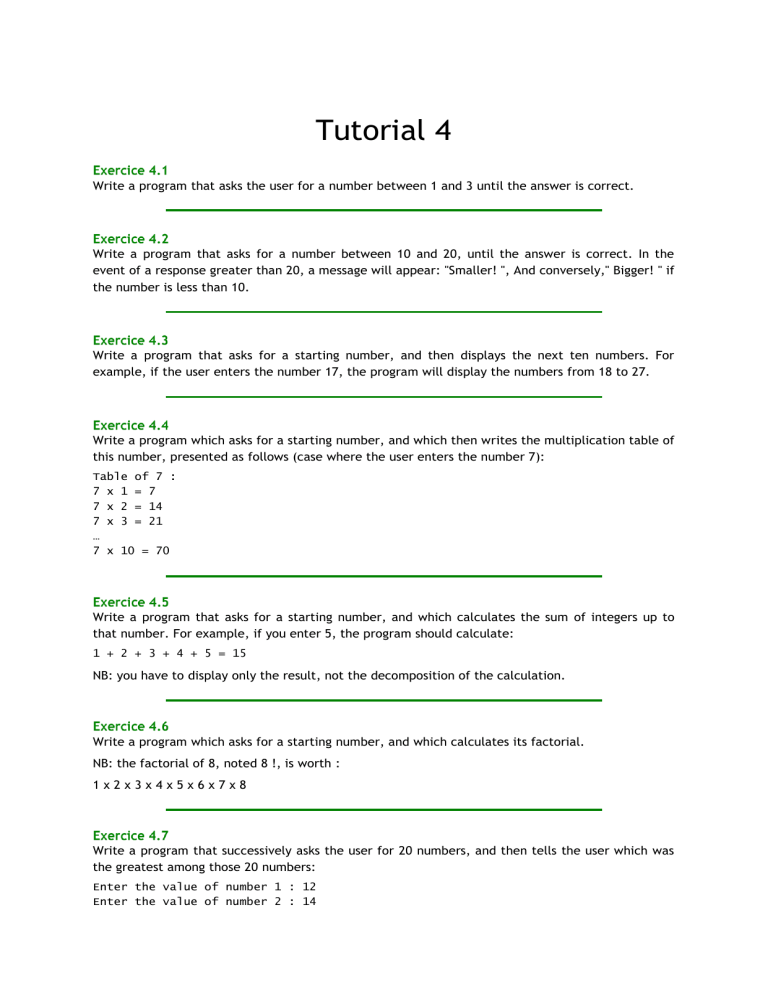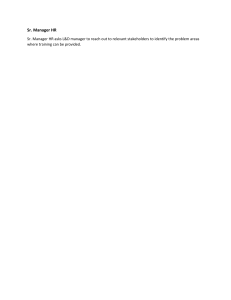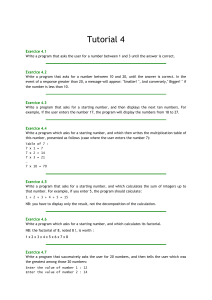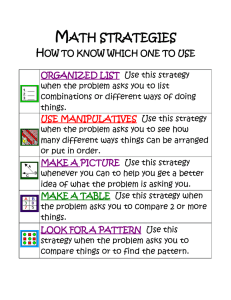
Tutorial 4 Write a program that asks the user for a number between 1 and 3 until the answer is correct. Write a program that asks for a number between 10 and 20, until the answer is correct. In the event of a response greater than 20, a message will appear: "Smaller! ", And conversely," Bigger! " if the number is less than 10. Write a program that asks for a starting number, and then displays the next ten numbers. For example, if the user enters the number 17, the program will display the numbers from 18 to 27. Write a program which asks for a starting number, and which then writes the multiplication table of this number, presented as follows (case where the user enters the number 7): Table of 7 : 7 x 1 = 7 7 x 2 = 14 7 x 3 = 21 … 7 x 10 = 70 Write a program that asks for a starting number, and which calculates the sum of integers up to that number. For example, if you enter 5, the program should calculate: 1 + 2 + 3 + 4 + 5 = 15 NB: you have to display only the result, not the decomposition of the calculation. Write a program which asks for a starting number, and which calculates its factorial. NB: the factorial of 8, noted 8 !, is worth : 1x2x3x4x5x6x7x8 Write a program that successively asks the user for 20 numbers, and then tells the user which was the greatest among those 20 numbers: Enter the value of number 1 : 12 Enter the value of number 2 : 14 etc. Enter the value of number 20 : 6 The largest of these numbers is : 14 Then modify the algorithm so that the program also displays in which position this number was entered: It was the value of number 2 Rewrite the previous program, but this time it is not known how many numbers the user wants to enter. Entering numbers stops when the user enters a zero. Write a program that allows you to know your chances of winning the trifecta, quarté, quinté and other voluntary taxes. The user is asked for the number of starting horses, and the number of horses played. The two messages displayed should be: In order : one in X chance of winning In disorder : one in Y chance of winning X and Y are given to us by the following formula, if n is the number of starting horses and p the number of horses played (remember that the sign ! Means "factorial", as in exercise 4.6 above): X = n ! / (n - p) ! Y = n ! / (p ! * (n – p) !) NB: this program can be written in a simple way, but relatively inefficient. Its performance can be significantly increased by a little trick. You'll start by writing the easiest way, then identify the problem, and write a second version to fix it.




